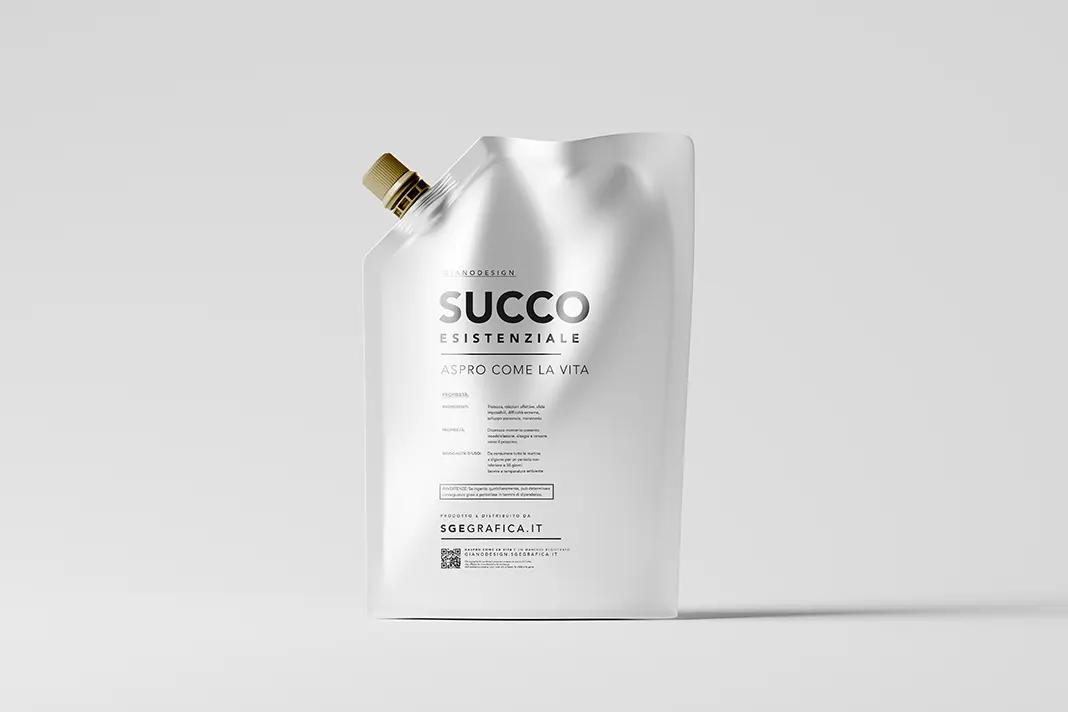すっぱい
If something is sour, it has a tangy or sharp flavor, like a lemon. Your brother may love the taste of limes, while they’re way too sour for you.
Sometimes this adjective is used to describe a fermented odor (the way milk smells when it goes bad), or a wrong note in music, or even a terrible mood: “Mom was acting so sour that I didn’t even ask her if we could have pizza for dinner.” Sour comes from the Old English sur, “sour, tart, or fermented.”
Verb Forms
- [intransitive, transitive] (of relationships, attitudes, people, etc.)to change so that they become less pleasant or friendly than before; to make something do this
- The atmosphere at the house soured.
- sour something The disagreement over trade tariffs has soured relations between the two countries.
- [intransitive, transitive] sour (something) if milk sours or if something sours it, it becomes sourand has an unpleasant taste or smell
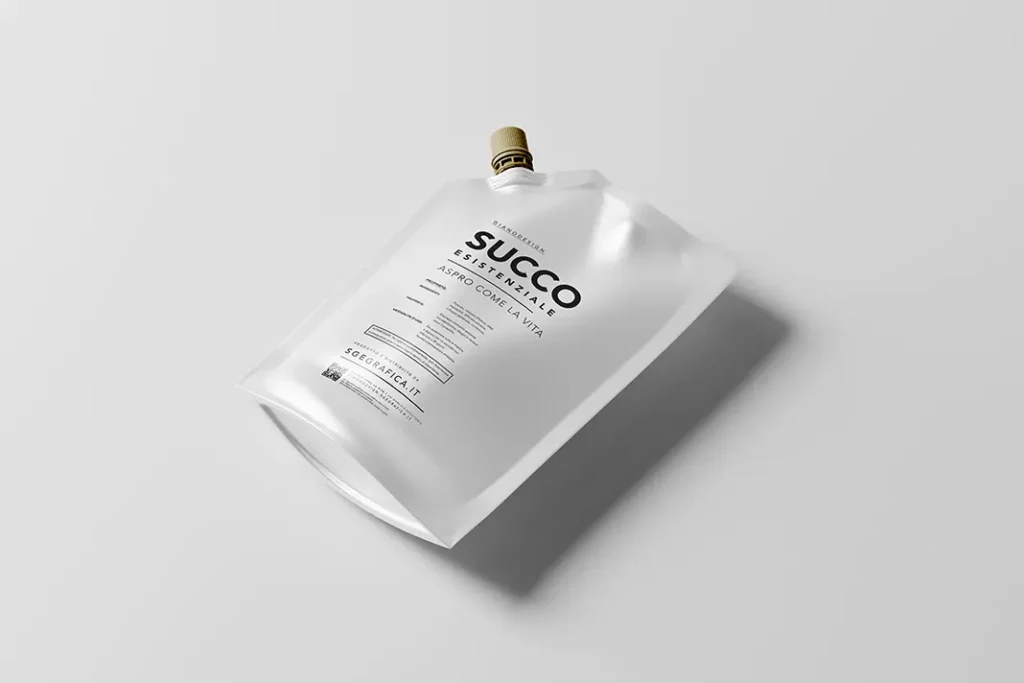
Life juice
Magnum Photos is an international photographic cooperative owned by its photographer-members, with offices in New York City, Paris, London and Tokyo. It was founded in 1947 in Paris by photographers Robert Capa, David “Chim” Seymour, Maria Eisner, Henri Cartier-Bresson, George Rodger, William Vandivert, and Rita Vandivert. Its photographers retain all copyrights to their own work.
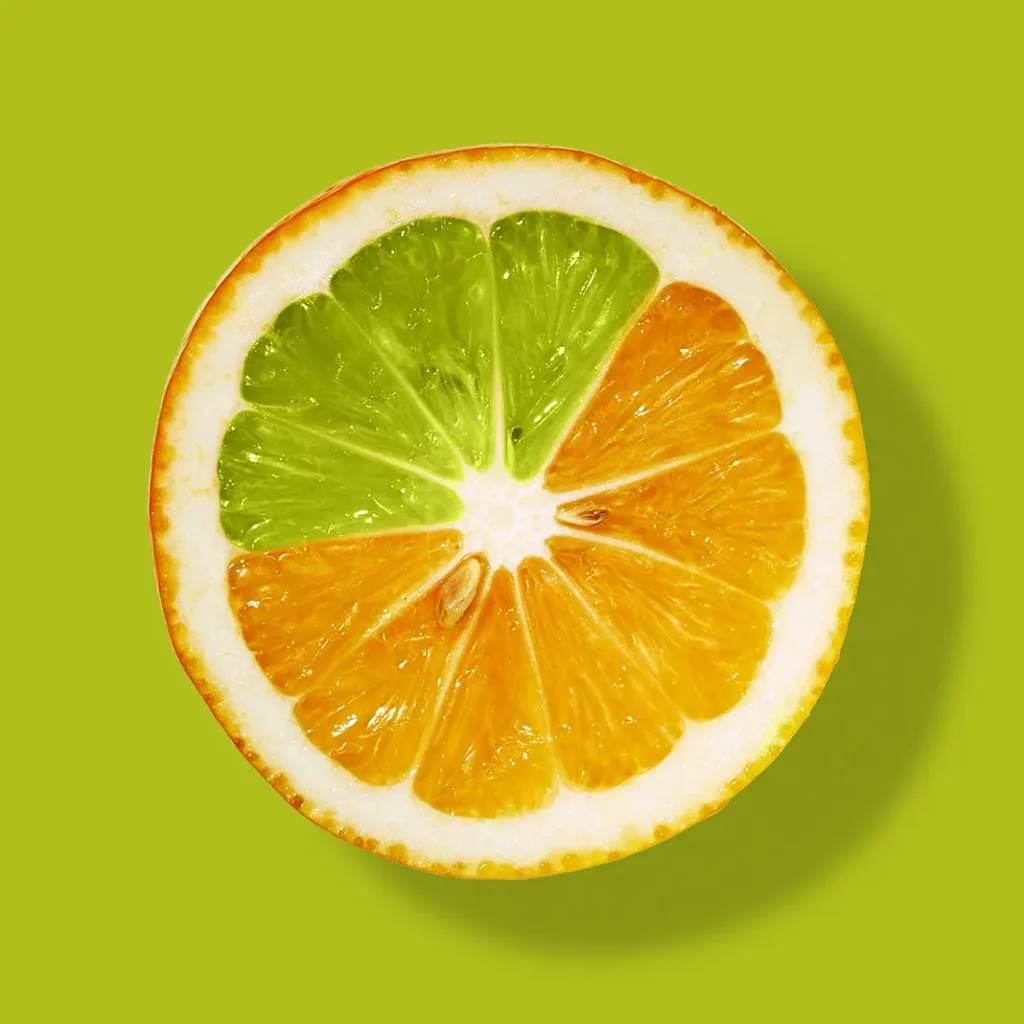
Rita Vandivert was the first President, and head of the New York office; Maria Eisner the head of the Paris office. The plan was for Rodger to cover Africa and the Middle East; Cartier-Bresson to cover south and east Asia; Seymour and William Vandivert to cover Europe and the United States, respectively; and Capa to be free to follow his curiosity and events.
Magnum is one of the first photographic cooperatives, owned and administered entirely by members. The staff serve a support role for the photographers, who retain all copyrights to their own work.
The Magnum cooperative has included photojournalists from across the world, who have covered many historical events of the 20th century. The cooperative’s archive includes photographs depicting family life, drugs, religion, war, poverty, famine, crime, government and celebrities.
Human condition
The human condition can be defined as the characteristics and key events of human life, including birth, learning, emotion, aspiration, morality, conflict, and death. This is a very broad topic that has been and continues to be pondered and analyzed from many perspectives, including those of art, biology, literature, philosophy, psychology, and religion.
As a literary term, “human condition” is typically used in the context of ambiguous subjects, such as the meaning of life or moral concerns.
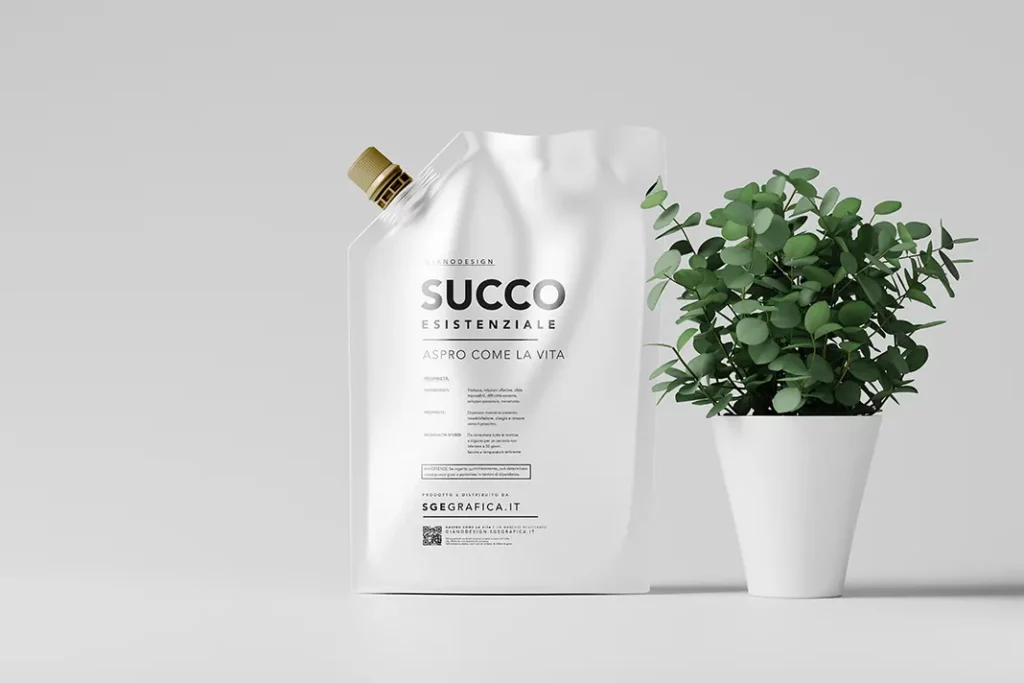
Some perspectives
Each major religion has definitive beliefs regarding the human condition. For example, Buddhism teaches that existence is a perpetual cycle of suffering, death, and rebirth from which humans can be liberated via the Noble Eightfold Path. Meanwhile, many Christians believe that humans are born in a sinful condition and are doomed in the afterlife unless they receive salvation through Jesus Christ.

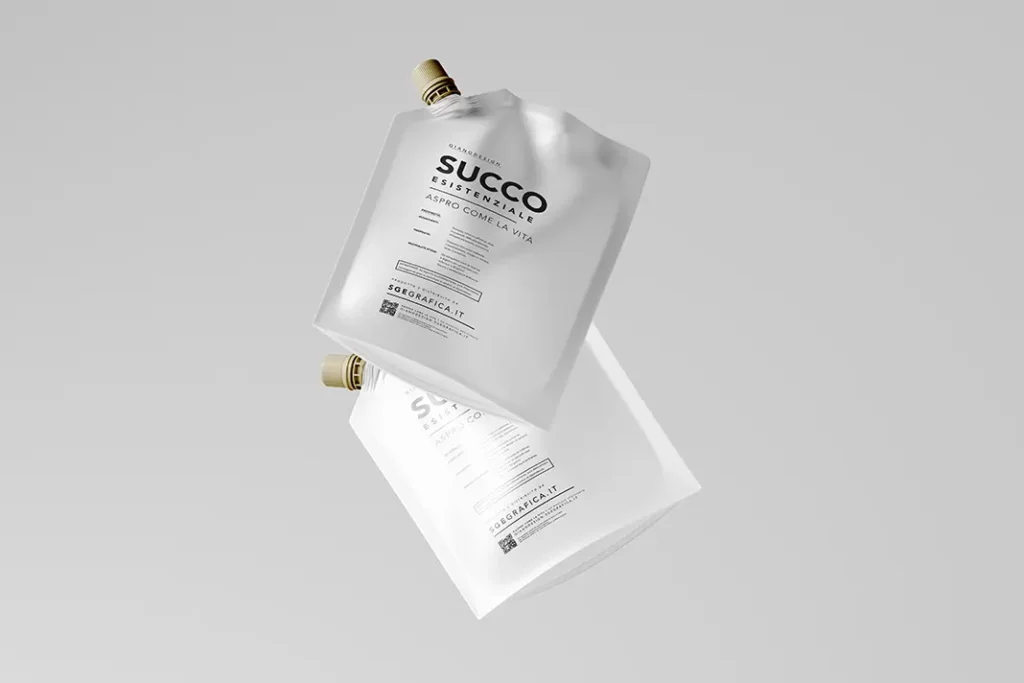
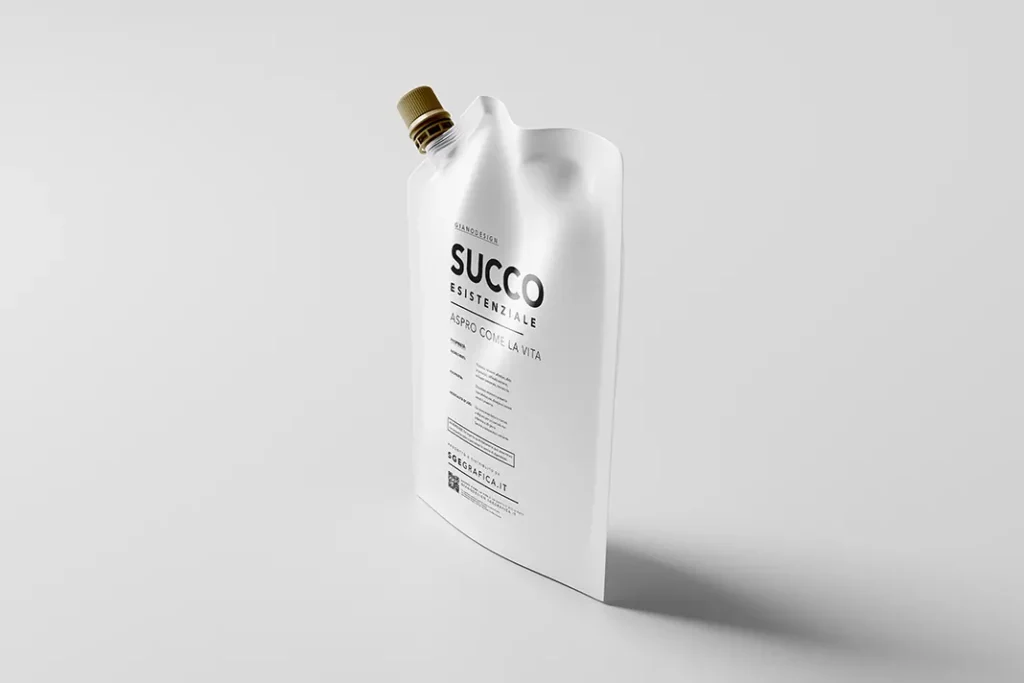
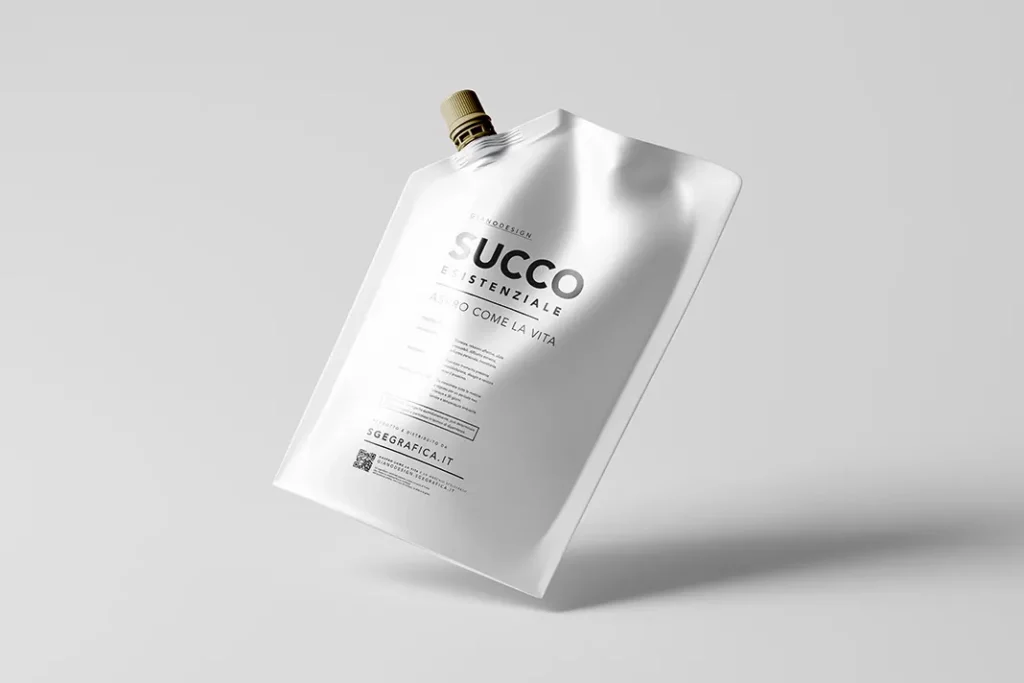
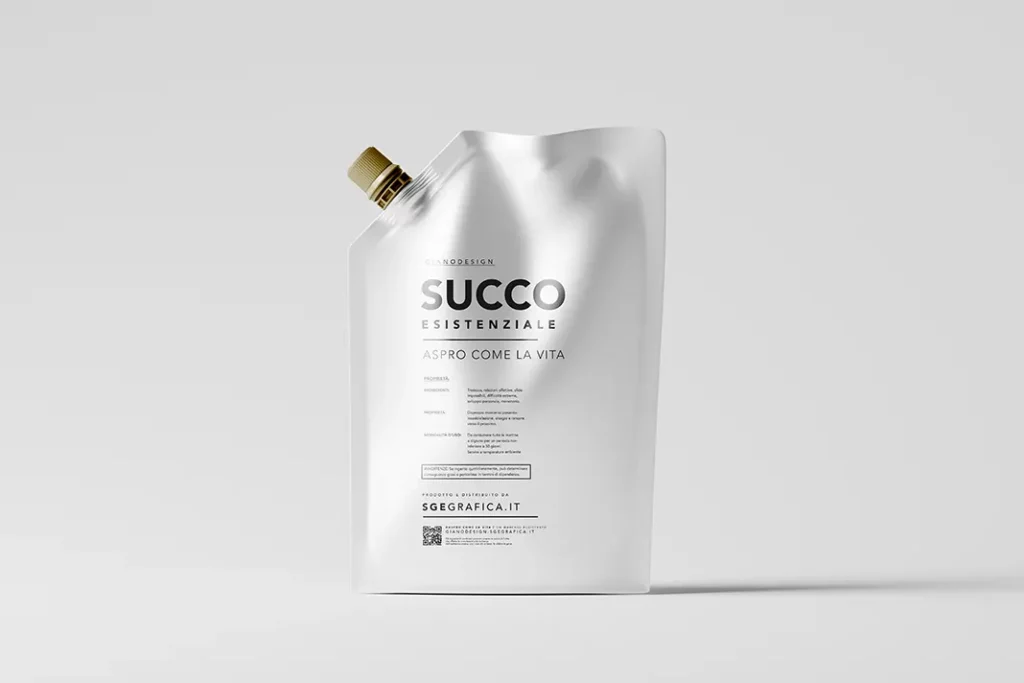
Philosophers have provided many perspectives. An influential ancient view was that of the Republic in which Plato explored the question “what is justice?” and postulated that it is not primarily a matter among individuals but of society as a whole, prompting him to devise a utopia. Two thousand years later René Descartes declared “I think, therefore I am” because he believed the human mind, particularly its faculty of reason, to be the primary determiner of truth; for this he is often credited as the father of modern philosophy. One such modern school, existentialism, attempts to reconcile an individual’s sense of disorientation and confusion in a universe believed to be absurd.
Many works of literature provide a perspective on the human condition. One famous example is Shakespeare’s monologue “All the world’s a stage” which pensively summarizes seven phases of human life.
Psychology has many theories, including Maslow’s hierarchy of needs and the notions of identity crisis and terror management. It also has various methods, e.g. the logotherapy developed by Holocaust survivor Viktor Frankl to discover and affirm a sense of meaning. Another method, cognitive behavioral therapy, has become a widespread treatment for clinical depression.
Charles Darwin established the biological theory of evolution, which posits that the human species is related to all others, living and extinct, and that natural selection is the primary survival factor. This led to subsequent beliefs, such as social Darwinism, which eventually lost its connection to natural selection, and theistic evolution of a creator deity acting through laws of nature, including evolution.
ふろしき
Furoshiki (風呂敷) are traditional Japanese wrapping cloths traditionally used to wrap and/or to transport goods. Consideration is placed on the aesthetics of furoshiki, which may feature hemmed edges, thicker and more expensive materials, and hand-painted designs; however, furoshiki are much less formal than fukusa, and are not generally used to present formal gifts.
While they come in a variety of sizes, they are typically almost square: the height is slightly greater than the width.
Traditional materials include silk or cotton, but modern furoshiki are available in synthetic materials like rayon, nylon, or polyester.

The first furoshiki cloths were tsutsumi (“wrapping”), used during the Nara period from 710 to 794 AD as protection for precious temple objects. Known as furoshiki during the Muromachi period; the term furoshiki (literally “bath spread”, from furo (風呂, “bath”), and shiki (敷, “spread”) is said to have come about after high-ranking visitors to bathhouses packed their belongings in cloth decorated with their family crest.
They became popular in the Edo period with increased access to bathhouses by the general public; moreover, cloths with family crests grew in demand as common people gained the right to have family crests during the Meiji period.
Furoshiki usage declined in the post-war period, in large part due the proliferation of paper and plastic bags available to shoppers. In recent years, however, it has seen a renewed interest as environmental protection has become a greater concern. In 2006, Japanese Minister of the Environment, Yuriko Koike, showcased a specially-designed furoshiki cloth to promote environmental awareness. In 2020, The Observer reported a growing interest in furoshiki in the UK, in part as a response to its perceived greater environmental sustainability compared to traditional single-use wrapping paper.
In a 2023 interview, a Kyoto manufacturer of furoshiki, founded in 1937 said that furoshiki are now used as bags or pillow cover in Japan
